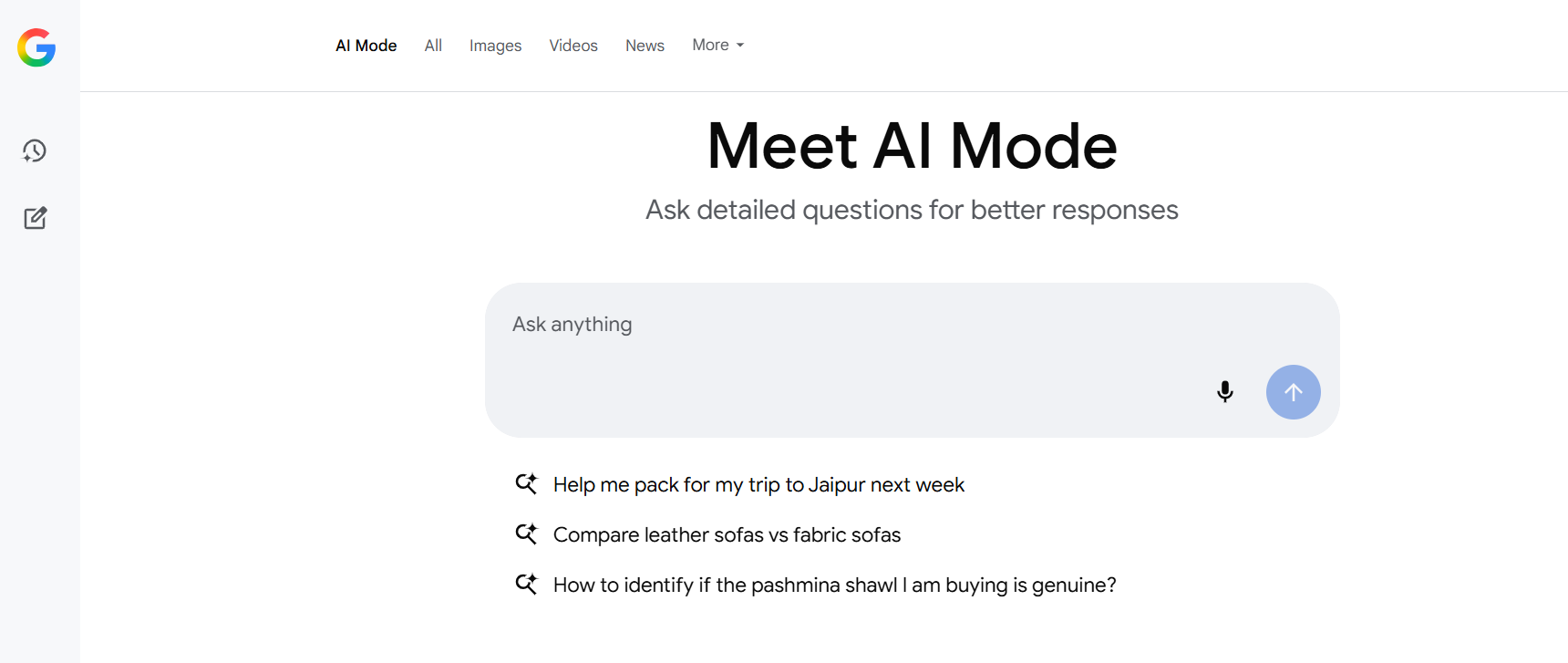One of the most important decisions that a business with limited resources needs to make, is when it comes to hiring developers for the software application process. There is no doubt that it is quite a task to find talented specialists, especially at a cost that you would be willing to incur. Having said that, this is not keeping in mind companies that have the budgets to be able to choose from the global pool of qualified specialists.
For the others, out-sourcing these aspects of your software application process then becomes the wiser decision to make. Some of the practical reasons to do so also include reduced administrative expenses, which can lower the overall production cost in itself. There are definitely pros and cons for in-house product development and outsourcing product development and let us look at both of these aspects:
Advantages of In-house software development:
Single-minded focus
A person who is dedicated to your company will remain dedicated to the goals and the objectives of the company and will be single-mindedly focused on that. It will also be easier to integrate that person into the overall culture of the company and create more value for the company. A person who is dedicated to the company’s goals, will be able to spend more of his time in building efficiency for the product that he is working on. This can also create an easier path of accountability and more control over the responsibility sharing.
Easy Communication
It can also become easier when the person who is creating the product for you, is seated 100 steps away from you. This facilitates greater communication and can also help immediately solve any hiccups that might occur during the process. When someone is a direct owner of the work that needs to be carried out, then the communication channels are more open and resolution can be achieved more efficiently.
Easy turn-around and faster changes
When you have your web developer sitting across from you, then it is easier to discuss the product’s new features, make quick changes and overall, ensure that the product development journey is on track.
Disadvantages of In-house Development:
High Cost
When you are looking at hiring resources, there is a very important thing that you have to consider and it does not have to do with just the cost of acquiring someone new, but also calculating the recurring cost of that resource. Every resource that you hire in-house is going to have an impact on your operational expenses and this is when it can get costly. There are also ethical obligations that you have to consider which include training for employees, sick days and benefits.
Turnover rate is high
This is something that you have to very carefully consider. The turnover rate for a developer usually is very high. This is because there is a huge demand for developers in the market and there will always be a company that will have access and will offer access to better working conditions and better pay. Getting your employee to stick with you is something that you have to constantly invest in which can sometimes feel like a burden. When a developer does leave your team, it is always time-consuming to get another developer and this would involve your project being stalled for that duration.
Dearth of the right talent
Even though we established that there is a huge demand for these tech developers, it is also this demand that creates the shortage in the supply. The IT-market and its booming development sometimes makes it difficult to hire the right person, especially in different regions. Apart from the concerns that you might have, about the developer being the right cultural fit, getting the best developer for your planned budget is also an equally valid concern.
Now, understanding the limitations and the advantages of in-house software development, it is also important to discuss the advantages and the disadvantages of outsourced software development.
Cost Advantage
When you are outsourcing your development needs, then you no longer need someone to be in the same geographical region as yours and this gives you wider access to a range of developers from different corners of the world. Many parts of Europe are becoming more and popular because of their low taxes and the consistent government support that the IT industry has been getting. This has created a much vaster pool to choose from and a pool with diverse talents.
Accessing a vast pool of knowledge
When you have a range of options at your disposal, the hiring process becomes a lot easier. Since you are looking at platforms that are dedicated to out-sourcing needs, it is also a lot easier to find someone more quickly and within the scope of experience that you are looking for. This can create unlimited hiring opportunities as the platforms that are dedicated to these services, have a constant upgradation process where developers are continuously honing their skills and service provisions.
More flexibility in scalability
There is more flexibility when it comes to scalability. This can be done quite easily, should you realise that there is a need to create a larger team, as the hiring process is a lot simpler. So, if you are looking to expand the scope of your project, hiring a larger team becomes easier and this can, in turn, create more opportunity for creating a project on a larger scale.
Faster Completion
When you are looking at faster completion of your project, outsourcing your software development needs is a wiser choice. This is because in the entire life-cycle of your product development, the cost and the time spent in actually recruiting the developer is significantly reduced, so this allows for you to adjust the speed of your project and allows you to decrease your market expenses, if needed.
Disadvantages of Outsourcing Development:
Threat of No Security
The biggest disadvantage of out-sourcing your development needs is the lack of face-to-face communication. As a result, there is always some amount of control that you will have to relinquish which would require you placing a certain amount of trust on the source. If it is a trusted source or a vendor, then it is not a problem, but if you are going to go with someone who possibly doesn’t have as established a reputation, it is always a risk that you have to consider. Also, because there is limited face-to-face communication, it is always better to communicate all your problems and expectations and desires, before-hand. Doing so, will reduce the ambiguity that might cause hiccups in the process. One of the ways to do this would be to contractually put down your expectations results expected. This can create a much transparent relationship and will reduce the risk associated with uncertain hiring.
Gaps in Communication
Another thing that you will have to think about is the gap in communication because of the barrier of language, that you might face. When you are looking at a pool outside of your geographical region, you are also traversing across different cultures and different cultures would imply different languages and this can sometimes become a challenge, even if the standard expectation is English. The time-zone difference is another issue that you might have to consider and it is this time-zone issue that can also limit you from communicating something urgently or in forecasting something that might require immediate attention.
Conclusion
In conclusion, the recent pandemic is also teaching us that the existing paradigm of work is definitely going to become hybridised and there are going to be more companies that are going to look for outsourcing their work. It is important to keep your company’s goals and expectations in mind and then attract the right talent for your work.
It is also important to understand the urgency you attach to your software needs and whether they can be fulfilled with someone sitting in a different country. It depends on the culture that you want to create in your workplace and as the world is adjusting to different ways of functioning, it could be beneficial to move away from the more traditional approaches and focus on the directions that are emerging. The IT industry is an industry that has obviously been impacted by the recent pandemic and it is important to become aware of how the world and especially the larger organisations, are responding to this change. Doing so can also create a trajectory for your company’s needs and how you must fulfil them. Both ways of functioning have their set of advantages and disadvantages and it is completely dependent on what your company most needs at this point and whether you have the resources to be able to back up that vision.
Having that clarity in vision and communication can set off a good precedent to not just the employees working for your organization, but can also have the potential to create a ripple effect in the market at large.

 Web and Full Stack
Web and Full Stack CMS and Frameworks
CMS and Frameworks Online Marketing
Online Marketing Cloud Services
Cloud Services ECommerce
ECommerce Mobile
Mobile



